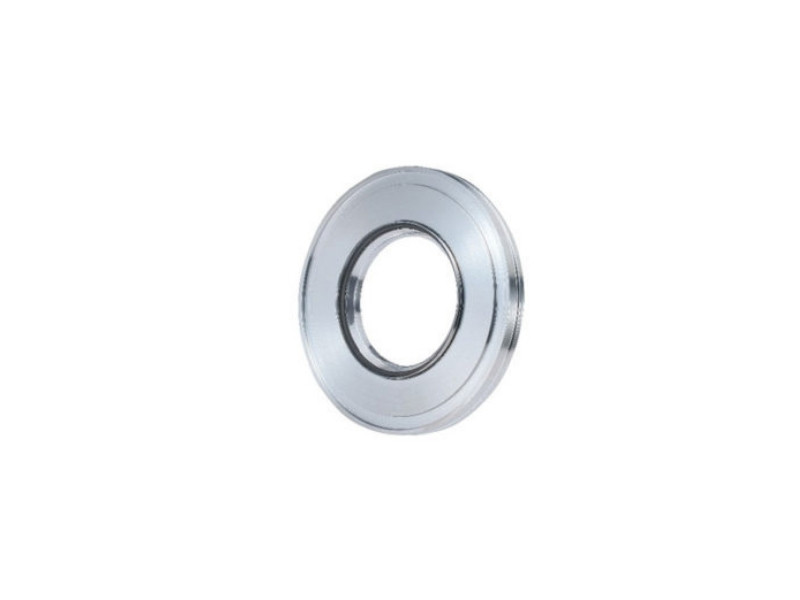In the realm of sophisticated physical sciences research, the role of vacuum windows cannot be overstated. These crucial components serve as see-through barriers, allowing physicists to observe and manipulate experiments conducted in a low-pressure environment. As research pushes the frontiers of our understanding of matter and energy, the importance of sustaining stable and controlled conditions becomes paramount. Vacuum viewports support this by providing a means to interface with the external world without undermining the integrity of the vacuum.
The applications of vacuum viewports are extensive and multiple, spanning fields such as particle physics, material engineering, and light science. In particle accelerators, for instance, these viewports enable researchers to observe high-energy particle collisions while shielding sensitive equipment from atmospheric disturbances. Similarly, in materials science experiments, vacuum viewports allow for real-time observations of reactions and processes that occur at the microscopic level, paving the way for advancements in nanotechnology and beyond. As we continue to explore the fundamental principles of the natural world, the innovative use of vacuum viewports will indubitably play a crucial role in shaping the future of research breakthroughs.
Comprehending Sealed Windows
Sealed windows are essential components in applied physics, particularly designed to enable observation and measurement of processes within a sealed environment. These specifically engineered ports are made from materials that can withstand significant pressure differences while ensuring optical clarity. By enabling scientists to observe experiments without compromising the integrity of the vacuum, windows play a key role in a range of research applications.
The construction and material decision for vacuum viewports are paramount. Common materials include silica glass or advanced glass, which exhibit outstanding transmission of light and minimal distortion. The decision of material can directly impact experimental outcomes, notably in exact measurements. Additionally, the process of sealing and mounting the window is essential to prevent leaks and maintain the desired vacuum levels, ensuring that experiments are performed under ideal conditions.
Applications of vacuum ports span various fields, including particle physics, astrophysics, and materials science. In particle accelerators, for instance, viewports allow physicists to observe particle collisions while maintaining a vacuum needed to reduce interference from air molecules. Similarly, in space science, these components are essential for telescopes and detectors that must operate in vacuum chambers to analyze cosmic phenomena without atmospheric distortion. Their role in progressing scientific understanding is deep, contributing to innovations across a variety of disciplines.
Applications in Cutting-edge Physical Studies
Vacuum ports have a critical part in numerous fields of cutting-edge physical research, especially in investigations that need a regulated environment free from environmental disruption. In particle science, for instance, vacuum viewports are crucial in enabling high-energy collisions between subatomic particles in accelerators. These viewports permit researchers to witness subatomic collisions and decay events while sustaining the vacuum state needed for ideal testing conditions. By using robust substances and innovative finishes, the transparency of these viewports guarantees that data gathering stays correct, yielding insights into basic physical principles.
In space physics, vacuum viewports are utilized in telescopes and experimental setups designed to analyze high-energy cosmic rays and various high-energy subatomic particles originating from space. These instruments often require a vacuum to guard delicate detectors from contamination and to enhance signal clarity. The inclusion of vacuum ports facilitates scientists to record the radiations from distant celestial bodies without the interference of atmospheric particles, consequently improving the fidelity of astronomical observations and deepening our knowledge of the cosmos.
Moreover, in fields like solid state physics, vacuum ports are essential for experiments that engage surface studies and material science. Methods such as STM and surface examination often demand a vacuum state to avoid oxidation and pollution of samples. With the implementation of vacuum ports, scientists can precisely examine surface structures and electrical characteristics of substances, which leads to advancements in grasping new substances and nano-engineering uses. Such developments are crucial for the advancement of next-generation electronic devices and energy solutions.
Challenges and Future Innovations
Despite the advancements in vacuum viewport technology, multiple issues persist. The materials used in vacuum viewports have to endure harsh conditions, including elevated temperatures and radiation. This necessity restricts the range of materials that can be efficiently used, often leading to trade-offs in durability and optical clarity. Furthermore, the fabrication of these viewports must be executed with precision to prevent defects that could compromise their performance in delicate experiments.

Future developments in this field could focus on enhancing the materials used for vacuum viewports. Novel compounds or coatings that enhance durability to thermal and radiation damage while maintaining high optical fidelity could transform their applications. Additionally, advancements in manufacturing techniques, such as additive manufacturing or specialized glass-blowing methods, could provide ways to create customized viewports that can cater to particular experimental setups or extreme environments.
Collaborative research efforts could propel the evolution of vacuum viewports. By integrating knowledge from materials engineering, optical engineering, and vacuum technology, researchers can pioneer new designs that address current limitations. Creating standardized guidelines for testing and quality assurance will also be crucial in ensuring consistent performance across various applications, eventually widening the scope of experiments that can be conducted with vacuum viewports.
